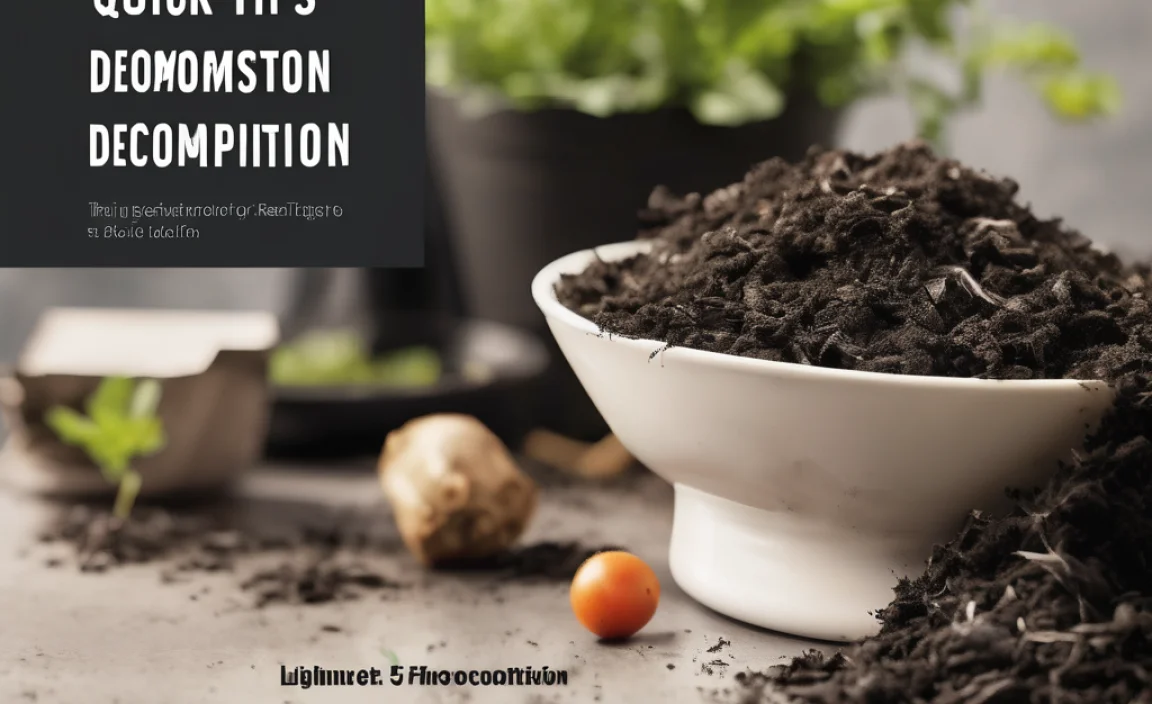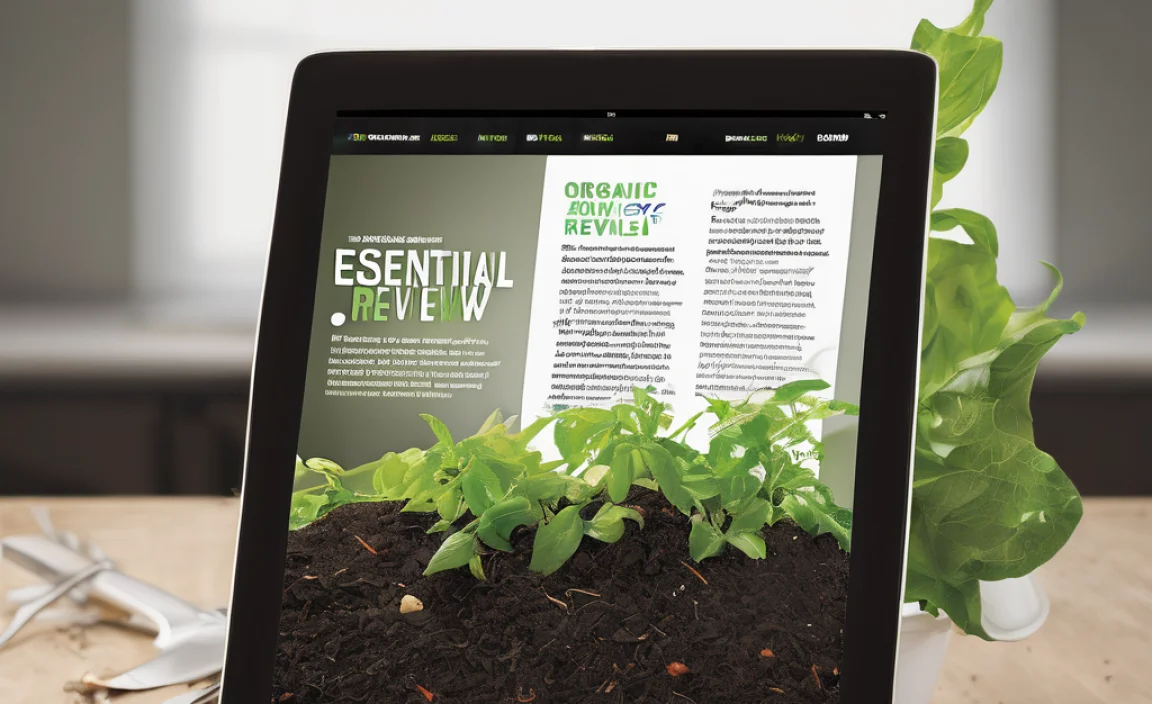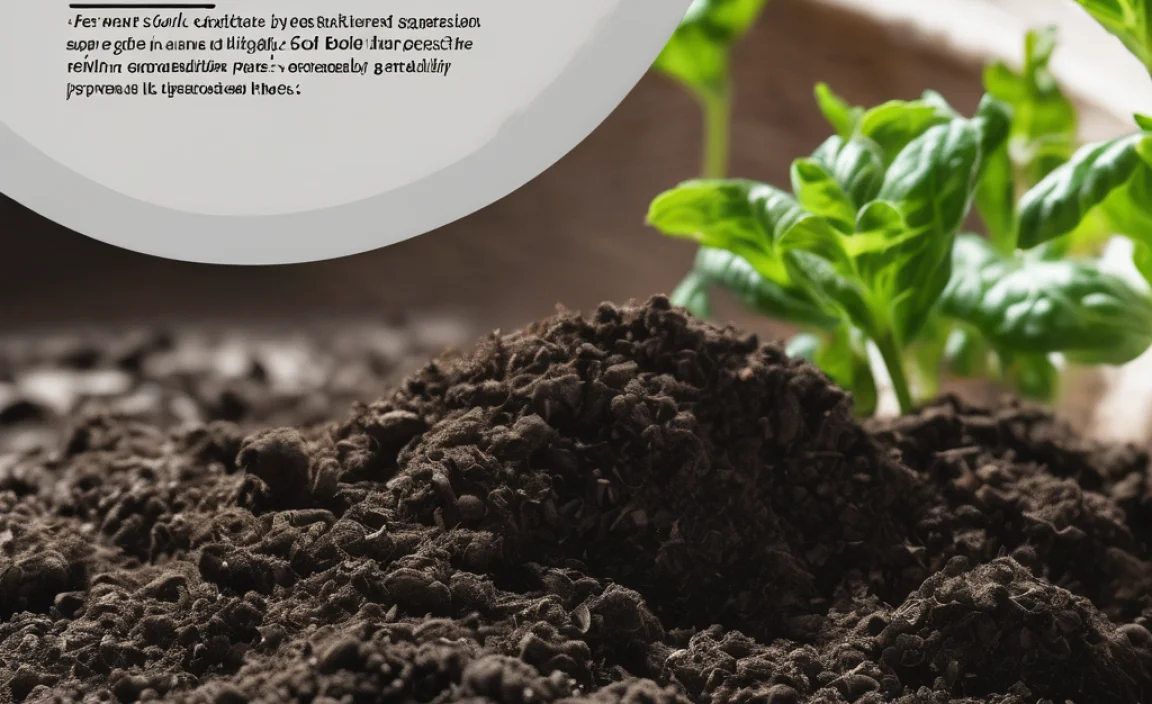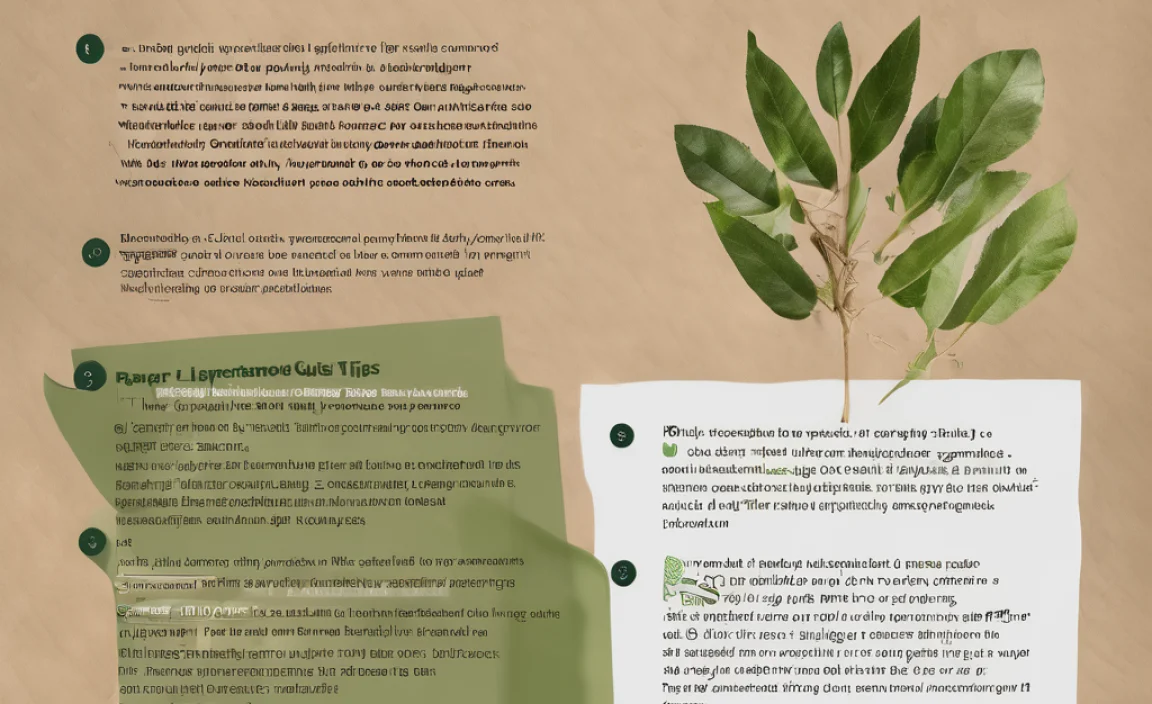Will It Sink or Float? Your Quick Guide
Want to know if something will sink or float? It all depends on density! If an object is denser than water, it sinks. If it’s less dense, it floats. You can easily test this at home with everyday items. Gather some objects, fill a container with water, and let’s get started to see what happens!
Ever wondered why a massive steel ship floats, but a tiny pebble sinks straight to the bottom? It’s a fascinating question that comes down to the science of density. Don’t worry, you don’t need a science degree to figure it out. We’ll walk you through a simple, step-by-step guide to understanding why some things float and others sink. You’ll be doing your own sink-or-float experiments in no time!
Ready to dive in? We’ll explore the key concepts, gather our supplies, and conduct some fun experiments. Let’s get started and discover the secrets of buoyancy!
Understanding Buoyancy and Density

Let’s break down the science behind why things sink or float. It’s all about two main concepts: buoyancy and density. Understanding these will make it much easier to predict what will happen when you toss something into the water.
What is Buoyancy?
Buoyancy is the upward force that a fluid (like water) exerts on an object that’s placed in it. Think of it as the water trying to push the object back up. This force is what makes things feel lighter when you’re holding them underwater.
- Buoyancy is caused by the pressure difference between the top and bottom of the object.
- The deeper you go, the higher the pressure.
- This pressure difference creates an upward force – buoyancy.
What is Density?
Density is a measure of how much “stuff” (mass) is packed into a certain amount of space (volume). It’s usually measured in grams per cubic centimeter (g/cm³) or kilograms per cubic meter (kg/m³).
- Density = Mass / Volume
- An object with high density has a lot of mass packed into a small space.
- An object with low density has less mass in the same amount of space.
How Density Affects Buoyancy
Here’s the key: an object will float if its density is less than the density of the fluid it’s in. If it’s denser, it will sink. Water has a density of about 1 g/cm³. So, anything less dense than water will float, and anything denser will sink.
- If the object’s density < water’s density: The object floats.
- If the object’s density > water’s density: The object sinks.
- If the object’s density = water’s density: The object neither sinks nor floats, it just stays suspended.
Gathering Your Materials

Time to get everything we need for our sink-or-float experiments. This is a simple activity, so you probably already have most of these items around the house. Here’s what you’ll need:
- A clear container: A large bowl, bucket, or clear plastic tub works great. Make sure it’s big enough to hold water and the objects you want to test.
- Water: Tap water is perfect. Fill your container most of the way.
- Various objects: Gather a variety of items with different sizes, shapes, and materials. Here are some ideas:
- A small rock
- A leaf
- A coin
- A piece of wood (like a small stick or a cork)
- An apple
- A plastic toy
- A metal spoon
- A feather
- Aluminum foil (both crumpled and flat)
- Optional:
- A notebook and pen: To record your predictions and results.
- A scale: To measure the mass of your objects.
- A ruler: To measure the volume of your objects (if you want to calculate density).
Step-by-Step Experiment Guide
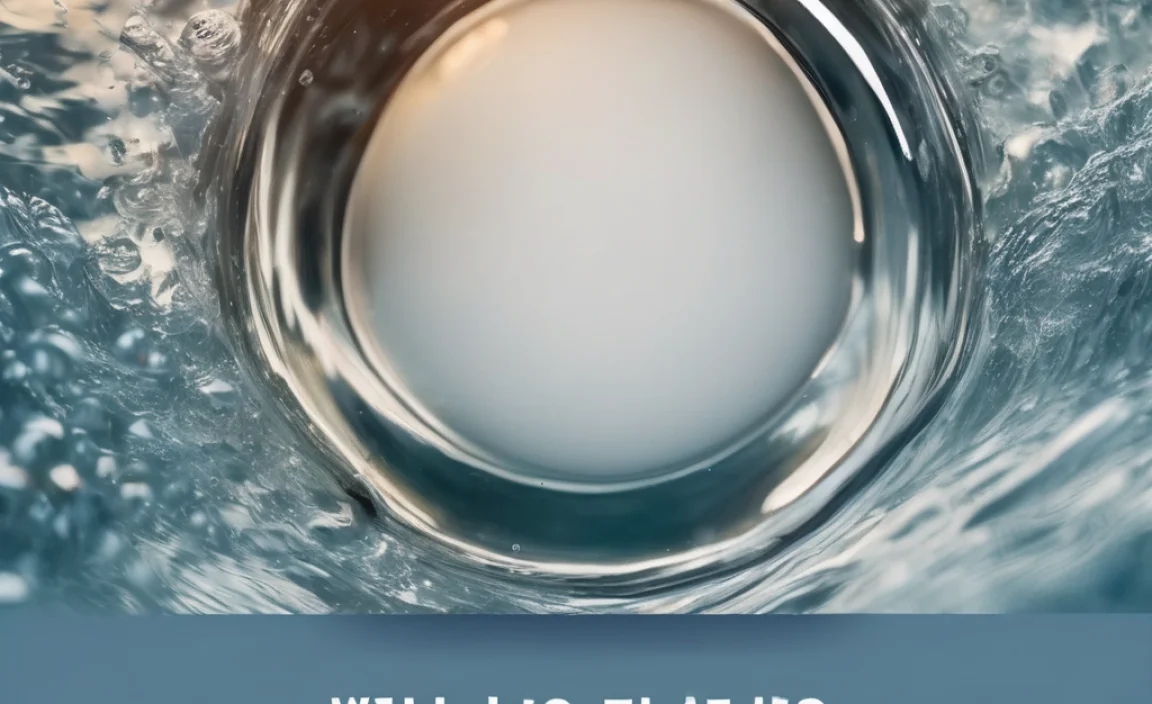
Now for the fun part! Follow these steps to conduct your sink-or-float experiments. Remember, it’s all about observing and learning.
Step 1: Make Predictions
Before you test each object, take a moment to predict whether you think it will sink or float. Write down your predictions in your notebook. This is a great way to engage your brain and see if your assumptions are correct.
- Look at the object carefully.
- Consider its size, weight, and material.
- Ask yourself: Is it mostly air or solid material?
Step 2: Gently Place the Object in Water
Carefully place the first object into the water. Avoid dropping it in, as this can create splashes and make it harder to observe what happens. Just gently set it on the surface.
- Place the object gently to avoid disturbing the water.
- Observe what happens immediately.
- Does it float on the surface, sink to the bottom, or stay somewhere in the middle?
Step 3: Observe and Record the Results
Watch what happens to the object. Does it float on top of the water? Does it sink to the bottom? Or does it hover somewhere in between? Record your observations in your notebook. Note whether your prediction was correct or not.
- Record whether the object floated, sank, or hovered.
- Note any interesting observations (e.g., it floated for a moment and then sank).
- Compare your results to your predictions.
Step 4: Repeat with Other Objects
Repeat steps 1-3 with all the other objects you’ve gathered. Make sure to dry off each object before testing the next one, especially if it’s something that can absorb water, like a piece of wood.
- Test each object one at a time.
- Dry off objects between tests to avoid affecting the results.
- Keep track of your predictions and observations for each object.
Step 5: Analyze Your Results
Once you’ve tested all your objects, take some time to analyze your results. Look for patterns and try to understand why some things floated and others sank. This is where you can start to connect your observations to the concepts of density and buoyancy.
- Look for patterns in your results.
- Did all the metal objects sink?
- Did all the wooden objects float?
- Think about why certain objects behaved the way they did.
The Role of Shape and Air Pockets

Sometimes, the shape of an object and the presence of air pockets can play a big role in whether it sinks or floats. This is why a massive steel ship can float, even though steel is much denser than water.
Shape Matters
The shape of an object can affect how much water it displaces. A ship, for example, is designed with a wide, hollow hull. This shape allows it to displace a large volume of water, creating a strong buoyant force that can support its weight.
- A wide, hollow shape displaces more water.
- More displacement means greater buoyant force.
- Ships are designed to maximize displacement.
Air Pockets
Air is much less dense than water. If an object has air pockets, it can effectively reduce its overall density. This is why a crumpled piece of aluminum foil sinks, but a flat piece of aluminum foil can float (at least for a little while).
- Air pockets decrease overall density.
- A flat piece of foil traps air, helping it float.
- A crumpled piece of foil has less air trapped, so it sinks.
Examples of Sink or Float

Let’s look at some common examples to illustrate the principles of sinking and floating.
Objects That Typically Float
- Wood: Most types of wood are less dense than water.
- Cork: Cork is very light and porous, making it ideal for floating.
- Plastic bottles (empty): The air inside makes them less dense than water.
- Leaves: Thin and lightweight, leaves usually float on the surface.
Objects That Typically Sink
- Rocks: Rocks are generally much denser than water.
- Metal objects: Most metals, like steel, iron, and copper, are denser than water.
- Glass: Glass is heavier than an equal volume of water.
- Coins: Coins are made of metal and are quite dense.
Examples Table
Here’s a quick reference table to help you remember which materials typically sink or float:
| Material | Density Relative to Water | Sink or Float? |
|---|---|---|
| Wood | Less dense | Float |
| Cork | Less dense | Float |
| Plastic (most types) | Less dense | Float |
| Rock | More dense | Sink |
| Metal (most types) | More dense | Sink |
| Glass | More dense | Sink |
Expanding Your Experiment
Want to take your sink-or-float experiments to the next level? Here are some ideas to expand your exploration.
Using Different Liquids
Try testing your objects in different liquids, like salt water, oil, or even honey. Each liquid has a different density, which will affect whether an object sinks or floats. For example, salt water is denser than fresh water, so things float more easily in it. You can learn more about the density of different liquids through scientific resources.
- Salt water: Denser than fresh water, objects float more easily.
- Oil: Less dense than water, some objects that sink in water will float in oil.
- Honey: Much denser than water, most objects will float in honey.
Calculating Density
If you have a scale and a ruler, you can actually calculate the density of your objects. First, measure the mass of the object using the scale. Then, measure its volume. For regular shapes (like a cube or a sphere), you can use formulas to calculate the volume. For irregular shapes, you can use the water displacement method: submerge the object in water and measure how much the water level rises.
- Measure the mass of the object.
- Measure the volume of the object.
- Calculate density using the formula: Density = Mass / Volume.
Building a Boat
Challenge yourself to build a boat out of aluminum foil or other materials. See how much weight your boat can hold before it sinks. This is a great way to apply your understanding of buoyancy and density in a practical way.
- Use aluminum foil, plastic, or other materials.
- Design a boat with a wide, hollow hull.
- Test how much weight it can hold before sinking.
Safety First
While sink-or-float experiments are generally safe, it’s always important to take a few precautions.
- Supervision: Always supervise children when they are working with water.
- Avoid electrical hazards: Keep electrical appliances away from water.
- Clean up spills: Wipe up any spills immediately to prevent slips and falls.
- Wash your hands: Wash your hands after handling the objects, especially if you’ve been working with dirty or potentially contaminated items.
For additional safety guidelines, refer to resources from organizations like the Consumer Product Safety Commission (CPSC).
FAQ: Will It Sink or Float?
Why do some big ships float when a small rock sinks?
It’s all about density. A ship is designed with a lot of empty space inside, making its overall density less than water. A rock is solid and dense, so it sinks.
Does salt water make things float better?
Yes! Salt water is denser than fresh water. This means that objects experience a greater buoyant force in salt water, making them float more easily.
Can the shape of an object affect whether it sinks or floats?
Absolutely. A flat shape can trap air and increase buoyancy, while a compact shape might sink more easily. Think of a flat piece of aluminum foil versus a crumpled ball of foil.
What does it mean if something hovers in the middle of the water?
If an object hovers, it means its density is equal to the density of the water. It’s neither sinking nor floating, but perfectly balanced in the water.
Is it possible for something to float in one liquid but sink in another?
Yes! It depends on the densities of the object and the liquid. For example, an object might float in oil (which is less dense than water) but sink in honey (which is denser than water).
Does temperature affect whether something sinks or floats?
Yes, but usually only slightly. Temperature can change the density of liquids. For example, warmer water is slightly less dense than colder water.
Can I predict if something will sink or float just by looking at it?
With practice, you can get pretty good at it! Consider the object’s material, size, and shape. If it seems lightweight and airy, it’s likely to float. If it feels heavy and solid, it’s likely to sink.
Conclusion
Now you’re all set to explore the fascinating world of sinking and floating! By understanding buoyancy and density, you can predict how objects will behave in water and other liquids. This simple experiment is a great way to introduce basic scientific concepts in a fun and engaging way. So gather your materials, make your predictions, and get ready to discover the secrets of buoyancy!
Remember, science is all about asking questions and exploring the world around you. Don’t be afraid to experiment and see what happens. You might be surprised by what you discover. Have fun and happy experimenting!

